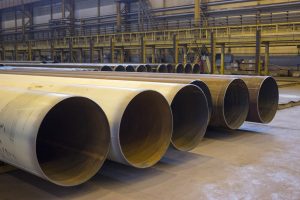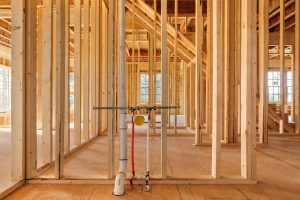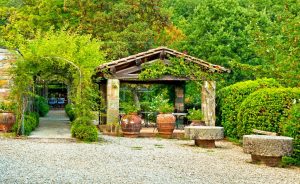Nothing beats cozying up by a crackling fire in the hearth during Connecticut’s long winter. But if you own a historic home, you know that it’s not always easy to stay warm with a traditional fireplace. Owners of historic homes recognize the myriad challenges that go with keeping the structure intact and liveable. But if your home lacks safe and efficient heating, there are ways to go around it while maintaining the charm.
Know the Remodeling Restrictions
You should already know by now that there are many limitations to owning a historic home. As the owner, you’re given the full responsibility to protect and maintain the character of the property. You can do minor remodels or add new amenities into the home to make it liveable, just as long as you preserve its true nature and original construction.
You may, however, still need to obtain special permits. If you’re looking to rehabilitate a chimney and enjoy open fires during winter, hire a chimney repair contractor in CT with relevant experience. Work with the contractor in bringing the chimney up to current codes and standards.
Install a Flue Liner
If your house was built before 1920, there’s a big chance it doesn’t have a flue liner. A flue liner helps keep the smoke and combustion away from the chimney structure, living space, or any adjacent woodwork. It’s usually made from tile, concrete, or metal, but stainless steel proves to be the most common and dependable option. It’s also economical, with a relining cost of roughly $100 per foot, but the price may vary depending on the size, shape, and condition of your chimney, as well as regional variances with material cost.
Remove the Smoke Chamber
Most old chimneys have a smoke chamber, an area above the damper where people used to smoke meats. Usually, there’s a door beside it so people can access the chimney to hang food. If you find these elements in your chimney, have them removed, fixed, or sealed up.
Keep in mind that any gaps or defects in the smoke chamber allow heat to transfer, which can be a fire hazard, especially if there are decorative woodwork and combustibles nearby. Make sure to seal other cracks, gaps, and holes, as well, and coat the chamber with insulating mortar to keep heat inside. This will also increase draft and heating efficiency, as well as reduce creosote build-up. Make sure there are no missing bricks, chopped mortar, or cement crown in the chimney’s exterior, as well. Have a professional chimney sweep or mason who knows how to repair chimneys using older style methods.
Consider a Modern Upgrade

If the design of your old fireplace is simply not safe, or it’s too small or shallow, but you still want to use masonry, you may opt for a fireplace insert, instead. You may choose among wood-burning, direct vent, or electric inserts. A wood-burning insert is the most economical and stylish option, but the smoke can be a health risk. This option will only work and meet the code if the fireplace you have is a Rumford syle. With a direct vent or electric fireplace insert, you won’t need to wait, get logs, or clean the chimney to stay warm. You’ll also enjoy warmer, smoke-free air throughout winter. Just make sure the insert you buy is approved by the State Historic Preservation Office, and choose an insert that has a historic look.
Restoring a vintage fireplace can be challenging and costly, but with some research, preparation, and help from an experienced contractor, you can have a safe and functional fireplace before the winter chills set in.






